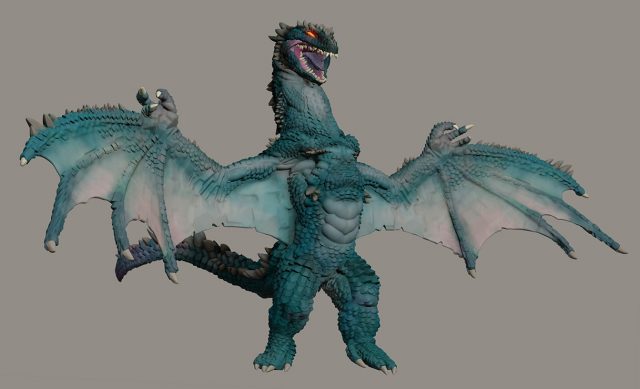On April 12th, Oculus Medium received the 1.1 ‘Large’ update, which added several highly-requested features, including the ability to import reference images. Medium is Oculus’ flagship creative tool for the Touch motion controllers, recognised for its intuitive sculpting and modelling features.
Debuted at Oculus Connect 2 in September 2015, and bundled free with Oculus Touch controllers at the hardware launch in December 2016, Medium achieved its goal of delivering an accessible 3D modelling tool for the masses by emulating real-world clay sculpting, being more intuitive and approachable than professional software like ZBrush. But Medium also appealed to the pros, keen to integrate the tool with their workflow, resulting in a long list of feature requests.
Since the December release, the Medium team has addressed bugs and improved features in several smaller updates, such as the sharing functionality and the layer UI, but 1.1 represents the most substantial changes. The software now includes a collection of common reference images, with shapes, anatomy, guides and stickers, and you can import your own images easily. You can surround yourself with images or set them to ‘move with sculpt’, ideal for tracing and filling out basic proportions of a model. This feature alone is seen as a game-changer, making the tool much more practical for many creators.
In addition, the homescreen has been re-designed, with asset support on the Medium Newsfeed, allowing users to view and download sculpts within the headset. Improved menus allow for easier file browsing, feature discoverability, and usability, and new tutorials running within VR demonstrate sculpting techniques and tool use, with more planned in the future.
2D videos can now be recorded without having to leave VR, which show your movements represented by your Oculus Avatar, which has now been integrated. There are also new stamp collections, including bones, household objects, fruits and traditional clay tools. Other improvements include mesh reduction (the ability to export a reduced-poly-count mesh with the colours in a texture map), layer naming, and revised smoothing tools that provide more granular control beyond the analogue trigger.
On April 6th, renowned artist Steve Lord previewed the 1.1 update during a Facebook livestream, which remains one of the best demonstrations of the changes. During the stream, the team responded to questions and requests from the live chat, indicating that many more improvements are planned.


